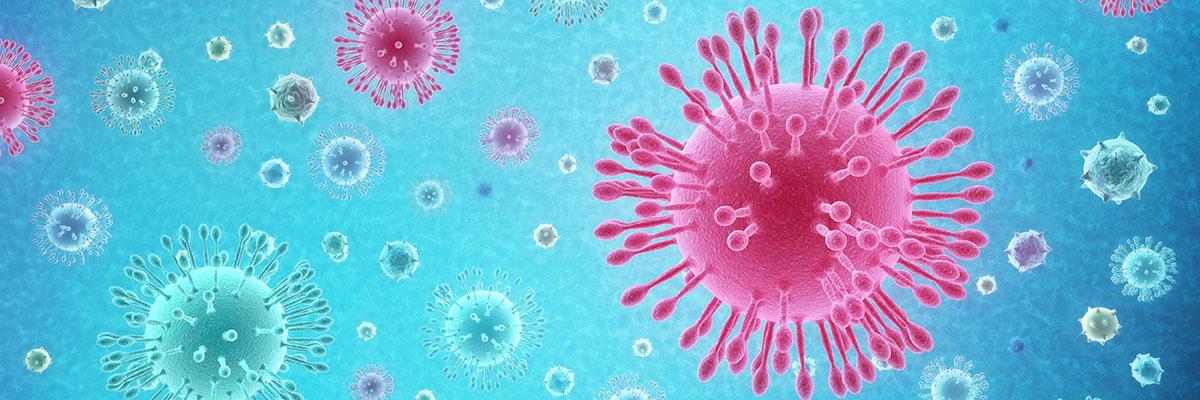

Regional Hospital Prepares for a Second COVID-19 Surge

The state of Alaska has about 160 ICU (intensive care unit) beds. So as COVID-19 cases trend upward across the United States, hospitals and health systems in the state stay vigilant and prepared, particularly with flu season approaching.
The knowledge and experience gained by health care teams working on the front lines of the pandemic for many months have helped them prepare for challenges ahead, according to Jennifer Mayo, infection prevention coordinator at Alaska Regional Hospital in Anchorage, in an interview with Alaska Public Media.
“When we first heard about this [COVID-19] and started preparing in Anchorage, our plan was to prepare for a very small amount of individuals who might be very ill and working off of a containment strategy. So we were expecting small numbers of patients and really aggressive measures to keep that contained within the community.”
What happened instead? “We’ve moved more into a mitigation strategy, where we have pretty widespread community transmission and a very broad spectrum of people and their illness levels. Some people have no symptoms at all, and there are people who definitely have mild or moderate symptoms, and then those who are severe or critical.”
Knowing more now about transmission of the virus — “the droplet is the primary driver”— has helped infection prevention efforts. And the type of exposure matters too, says Mayo.
Still, with coronavirus cases increasing in Alaska and many other states (as of mid-October), fears about COVID-19 overwhelming hospital bed capacity haven’t subsided. “The fear has been downgraded somewhat, but it hasn’t gone completely away,” Mayo said. She cited the length of time that an individual with COVID-19 may need to be hospitalized — severe or critically ill patents may need ICU support for 20 days or more — as a capacity concern during the “very real possibility” of a second surge.
She added: “Hospitals get busier in the fall and winter — we have flu season approaching — and that’s going to put that seasonal demand on the hospitals as well.” Still, the staff remain resilient.


